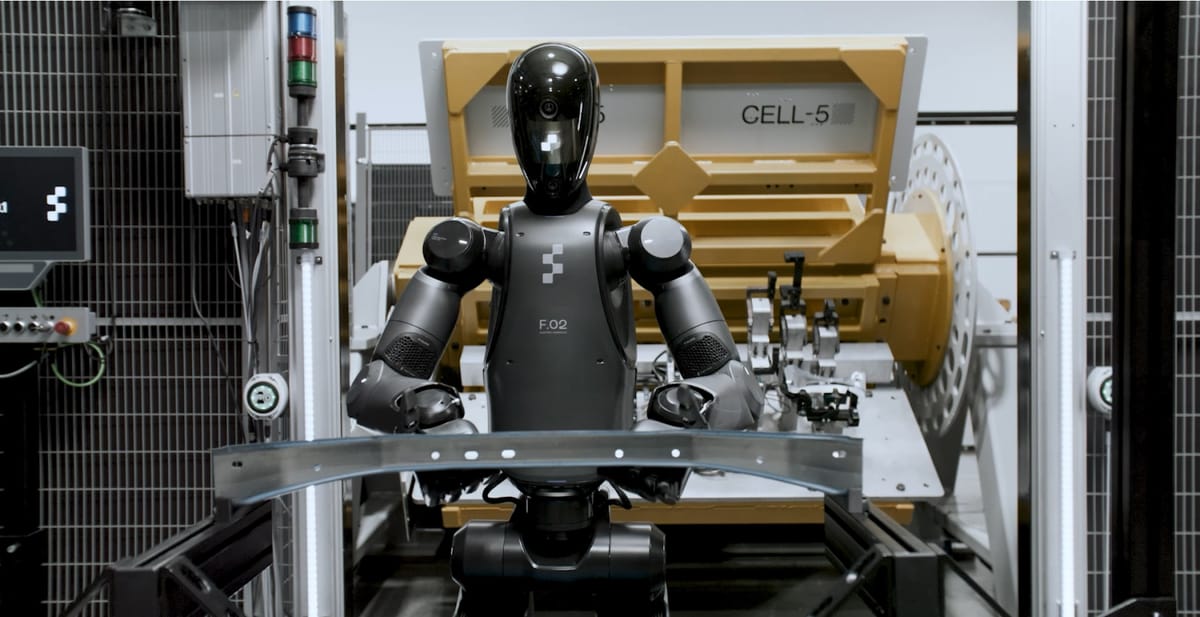
Figure AI is cutting ties with OpenAI. CEO Brett Adcock announced Tuesday that the robotics company is ending its collaboration agreement with the ChatGPT maker in favor of an in-house artificial intelligence system. Adcock claims Figure has made a “major breakthrough” in fully end-to-end robot AI and promises to showcase “something no one has ever seen on a humanoid” within 30 days.
Key Points
- Figure AI is abandoning its partnership with OpenAI to develop its own vertically integrated AI for humanoid robots.
- CEO Brett Adcock cites integration challenges, saying outsourcing AI doesn’t work for real-world embodied robotics.
- Figure raised $1.5 billion and previously planned to use OpenAI’s models for natural language capabilities in its Figure 02 humanoid.
- OpenAI is exploring its own humanoid robots, as indicated by a recent trademark filing.
Today, I made the decision to leave our Collaboration Agreement with OpenAI
— Brett Adcock (@adcock_brett) February 4, 2025
Figure made a major breakthrough on fully end-to-end robot AI, built entirely in-house
We're excited to show you in the next 30 days something no one has ever seen on a humanoid
Figure, valued at $2.6 billion following a $675 million funding round last year, is betting that the key to successful embodied AI lies in vertical integration. "We found that to solve embodied AI at scale in the real world, you have to vertically integrate robot AI," Adcock said. "We can't outsource AI for the same reason we can't outsource our hardware."
The decision comes despite OpenAI’s high-profile backing of Figure. The companies originally announced their partnership alongside a $675 million funding round last year, valuing Figure at $2.6 billion. The pivot suggests Figure is betting that proprietary AI will give it a competitive edge in a field where most humanoid firms are developing custom models to varying degrees.
For OpenAI, which maintains investments in multiple robotics ventures including Norwegian startup 1X, the end of this partnership may have limited impact on its broader strategy. Last month, they began hiring for their first hardware robotics jobs, and recently it filed a trademark application mentioning “humanoid robots” with communication and learning functions.
Building embodied AI systems requires substantial resources and expertise in both software and hardware, a challenge that has led many companies to opt for partnerships rather than going it alone. Ultimately, the real test will be whether Figure's in-house AI development can deliver on its promises.

